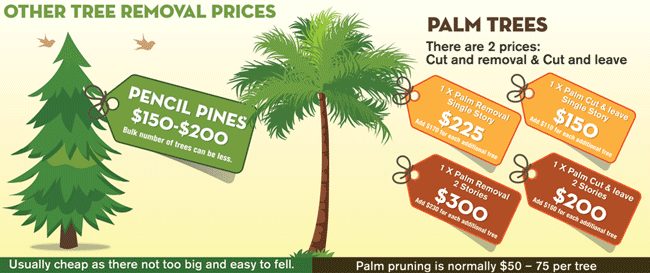Post-Tree Elimination Therapy: Effective Techniques For Landscape Remediation
Post-Tree Elimination Therapy: Effective Techniques For Landscape Remediation
Blog Article
Write-Up By-McMillan Als
After a tree's removal, your landscape might look rather various, and it's essential to evaluate the after-effects carefully. You'll wish to evaluate the soil disruption and check bordering plants for any indicators of stress and anxiety. Ignoring these elements can lead to larger issues down the line. So, what should you finish with those stumps and roots? And how do you pick the best plants for your revitalized room? Let's explore these crucial actions.
Analyzing the Results: Assessing Your Landscape
After a tree removal, it's important to examine your landscape to recognize the effect it has on your yard.
Start by analyzing the location where the tree stood. Seek indications of soil disturbance, and examine the bordering plants for any stress or damage.
You should likewise keep in mind of just how the removal has changed sunlight direct exposure and air movement in your garden. This shift can impact the development of nearby plants, so it's important to assess their wellness.
Consider the aesthetic elements too; the elimination might create an open space that you can redesign.
Finally, consider Seborrheic Keratosis Removal Tea Tree Oil that might arise from the tree's lack. Addressing these aspects early will assist bring back balance to your landscape.
Managing Stumps and Origins: Options for Removal
Once you have actually evaluated the after-effects of the tree elimination, you'll likely need to take on the stump and origins left behind.
You have a couple of alternatives for removal. One reliable technique is stump grinding, where an expert uses a device to grind the stump to below ground level. This approach leaves very little disruption to your landscape.
If you like a do it yourself technique, you can use a combination of excavating and chemical stump cleaners. Just bear in mind, this procedure can take time and effort.
Conversely, consider leaving the stump as an all-natural attribute, which can act as a distinct yard aspect or environment for wild animals.
Whatever you pick, dealing with the stump and origins is important for recovering your landscape.
Selecting the Right Plants for Your New Room
As you evaluate your recently gotten rid of space, picking the right plants can dramatically boost your landscape's beauty and capability.
Beginning by considering the sunshine and soil conditions. For warm areas, choose drought-resistant plants like lavender or succulents. In shaded spots, ferns and hostas grow well.
Consider the size and development behaviors of your plants; mix perennials and annuals for seasonal range. Don't fail to remember to incorporate indigenous species; they call for less maintenance and support regional wildlife.
Group plants in weird numbers for an extra natural appearance and create layers for visual deepness.
Ultimately, https://www.mercurynews.com/2018/11/02/why-do-the-squirrels-keep-tip-pruning-the-maple-tree/ have a mix of colors and textures to maintain your landscape vibrant throughout the seasons.
Satisfied growing!
Final thought
In conclusion, restoring your landscape after tree removal is a satisfying process. By analyzing the after-effects, attending to stumps and origins, and picking the right plants, you'll produce a flourishing setting. Do not neglect to integrate erosion control actions to shield your soil. With please click the following website and treatment, you can change your area into a lively garden that improves your property. Welcome the opportunity to rejuvenate your landscape and take pleasure in the charm of nature right in your yard!
